

BBC Two
Featured Show:
Alexei Sayle's Merry-Go-Round
Alexei Sayle's Merry-Go-Round was a comedy sketch show which ran on BBC2 for a total of 6 episodes over one series in 1998. Alexei Sayle's final series was almost identical in format to The All New Alexei Sayle Show except with yet another change of writers.. Unusually, there was no studio audience. Sketches included the talents of Noel Fielding, Lee Hurst, Paul Putner, Gemma Rigg, Reece Shearsmith, Jessica Stevenson, David Walliams and Peter Serafinowicz The continuing adventures of Bobby Chariot were chronicled. Now free from any obligation to be Alexei's warm-up man, he traversed a series of other career cul-de-sacs under the appalling management of the repulsive "Edna" Denise Coffey. In one episode, the joke was turned on its head as Chariot performed for an audience of students, who enjoyed his act ironically and responded to his catchphrase "How ya diddling?" with an enthusiastic reply of "We're diddling fine!". Meanwhile Alexei Sayle himself was depicted as living in a Teletubbies-style burrow somewhere in the posh part of North London.
BBC Two TV Shows
1961 shows • Page 72 of 99
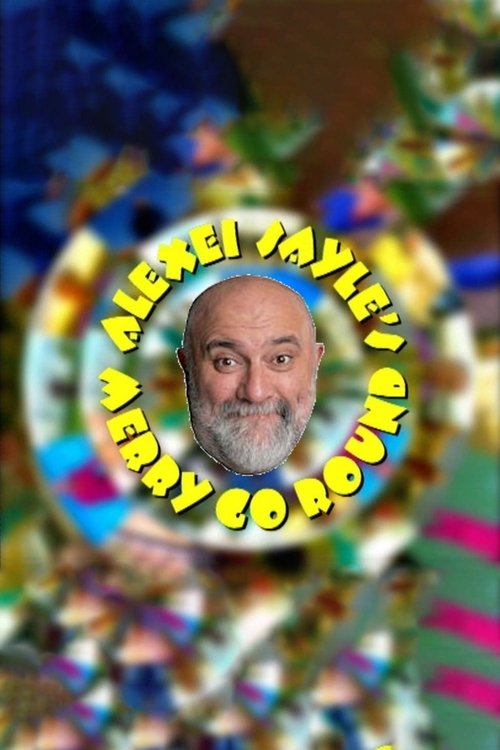
Alexei Sayle's Merry-Go-Round
Alexei Sayle's Merry-Go-Round was a comedy sketch show which ran on BBC2 for a total of 6 episodes over one series in 1998. Alexei Sayle's final series was almost identical in format to The All New Alexei Sayle Show except with yet another change of writers.. Unusually, there was no studio audience. Sketches included the talents of Noel Fielding, Lee Hurst, Paul Putner, Gemma Rigg, Reece Shearsmith, Jessica Stevenson, David Walliams and Peter Serafinowicz The continuing adventures of Bobby Chariot were chronicled. Now free from any obligation to be Alexei's warm-up man, he traversed a series of other career cul-de-sacs under the appalling management of the repulsive "Edna" Denise Coffey. In one episode, the joke was turned on its head as Chariot performed for an audience of students, who enjoyed his act ironically and responded to his catchphrase "How ya diddling?" with an enthusiastic reply of "We're diddling fine!". Meanwhile Alexei Sayle himself was depicted as living in a Teletubbies-style burrow somewhere in the posh part of North London.

Stressed Eric
Eric Feeble is a middle-class divorced father of two who resides in London, England. An average man, with a less than average life, Eric is endlessly at his wits end -- stressed out with his family, coworkers, and his life in general.
 0
0The Fifty Years War: Israel and the Arabs
The main decision-makers from Israel, the Arab states, Russia and the US tell the inside story of the Arab-Israel conflict.
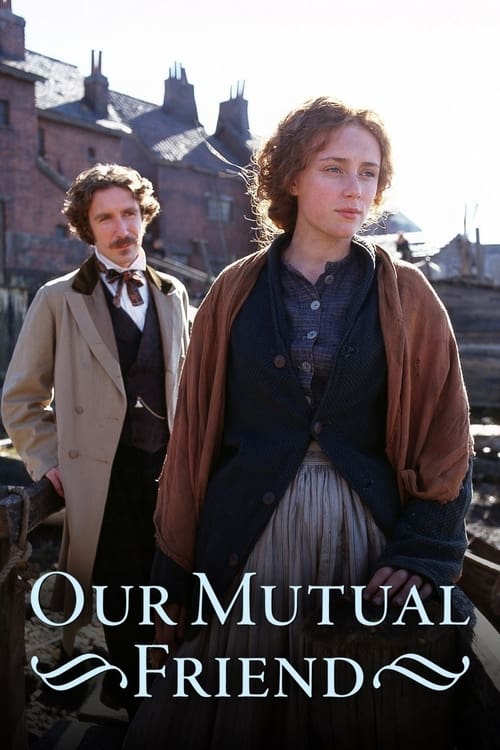
Our Mutual Friend
After his father's will stipulates he must marry Bella Wilfer to inherit his fortune, John Harmon fakes his death to avoid the marriage and the threats on his life. He returns as John Rokesmith and becomes the secretary for the Boffins, who inherit Harmon's estate following his alleged death.

If I Ruled the World
If I Ruled the World is a BBC comedy panel show parodying politics and politicians. Hosted by Clive Anderson, with team captains, Graham Garden and Jeremy Hardy. Guests included Mark Steel, Rebecca Front, Tony Hawks, Andy Hamilton and Doon MacKichan.
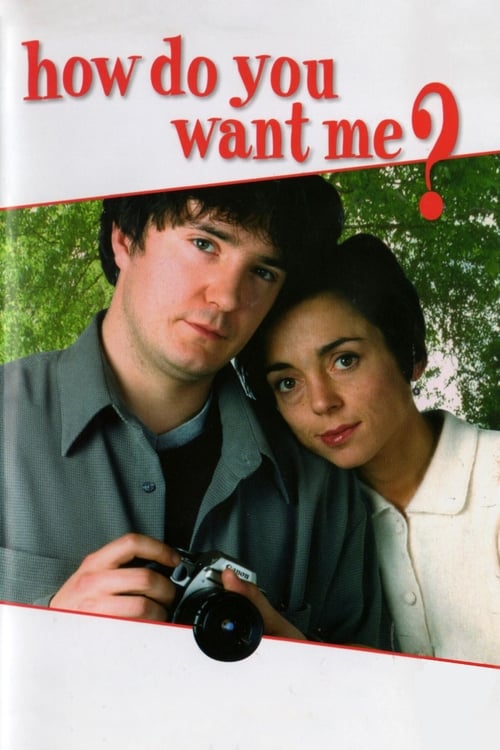
How Do You Want Me?
Following their marriage, Ian and Lisa move back to the village where she grew up, a village still dominated by her family. In order to try to fit in, Ian takes a job as the village photographer, a profession for which he is not really cut out.
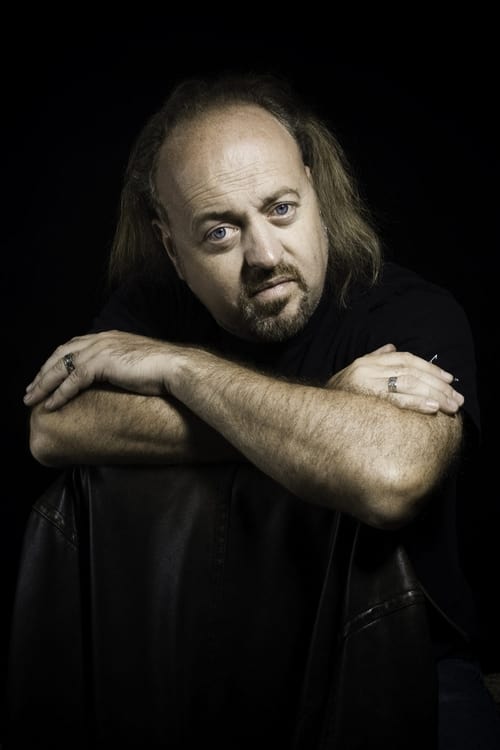
Is It Bill Bailey?
Is It Bill Bailey? is a stand up/sketch comedy series written by and starring Bill Bailey. Each episode features stage performances, interspersed with skits starring himself and other actors. As well as parodies of pop songs or artists, he deconstructs music from popular television shows.
 0
0The Entertainment Biz
A vivid six-part portrait of the global entertainment industry.
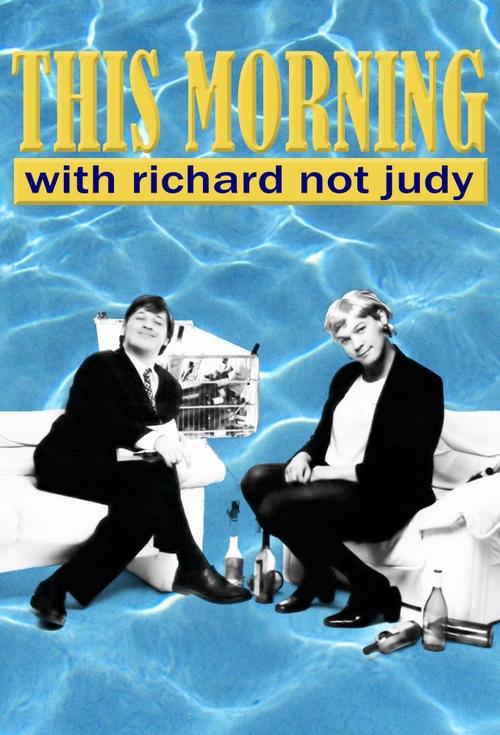
This Morning with Richard Not Judy
This Morning With Richard Not Judy or TMWRNJ is a BBC comedy television programme, written by and starring Lee and Herring. Two series were broadcast in 1998 and 1999 on BBC2. The name was a satirical reference to ITV's This Morning which was at the time popularly referred to as This Morning with Richard and Judy. The show was a reworking of old material from their previous work together along with new characters. The show was hosted in a daytime chat show format in front of a live studio audience, although it featured a small proportion of pre-recorded location inserts. It was structured by the often strange obsessions of Richard Herring; examples include his rating of the milk of all creatures and attempting to popularise the acronym of the show. The show featured repetition, with regular and vigilant viewers being rewarded by jokes that would make no sense to casual viewers. The show seemed to oscillate between the intellectual and puerile. However, irony was often used, even though the citing of irony as an excuse was mocked by the show's stars in one of many self-referential jokes.
 0
0An Awfully Big Adventure

Louis Theroux's Weird Weekends
Louis Theroux which delves into the weirder fringes of American society.
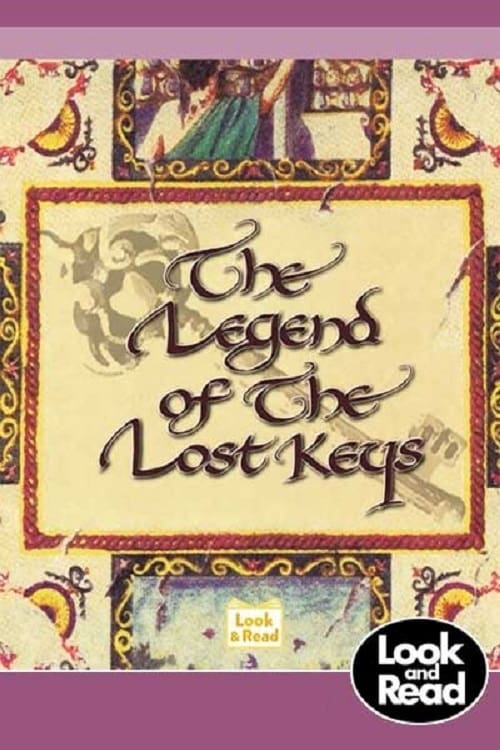 0
0The Legend of the Lost Keys
The Legend of the lost keys is an educational BBC Look and Read production, which was first aired on BBC Two on 12 January 1998, and has been shown regularly ever since.

Looking After Jo Jo
Jo Jo is an Edinburgh Goodfella with a sharp mind and a cavalier attitude to law. In the bleak, edgy climate of the 1980's Jo Jo is seen by many on the estate as a hero; out-manoeuvring the police while supporting his close-knit family. What is it that draws the charming and confident Jo Jo to Lorraine, a vulnerable woman obsessed by Marilyn Monroe? What figure from his past is fuelling his fantasies and driving him towards darker crimes and the quicksand of heroin? Can Jo Jo look after himself when he doesn't know who he is?

Jeremy Clarkson's Extreme Machines
Jeremy Clarkson's Extreme Machines was a six-part documentary series, originally broadcast on BBC Two in 1998. The series focused on presenter Jeremy Clarkson, testing out a series of cars, jet planes and powerboats.

Meet the Ancestors
Meet the Ancestors aka Ancestors was a BBC Television documentary series that documented the archaeological excavation and scientific reconstruction of human remains. The series was introduced by archaeologist Julian Richards and often included facial reconstructions by Caroline Wilkinson.

Robot Wars
Teams of amateur robot fighting enthusiasts battle it out over a series of rounds in a huge purpose-built arena aiming to become the Robot Wars Champion.
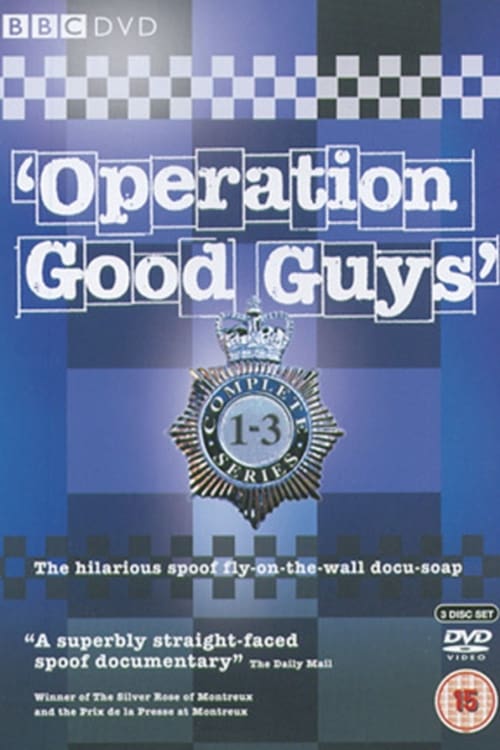
Operation Good Guys
Operation Good Guys is a British mockumentary, a fly-on-the-wall documentary series about an elite police unit's bid to snare one of Britain's most powerful crime lords.Blurring the line between fact and fiction, it witnesses, on camera, the total breakdown, professionally and personally, of the Operation Good Guys team. Throughout the operation, The 'Good Guys' have an unfortunate habit of embroiling into their calamitous world some of the country's best-known celebrities, from actors and footballers, to TV presenters and even the odd ex-convict.
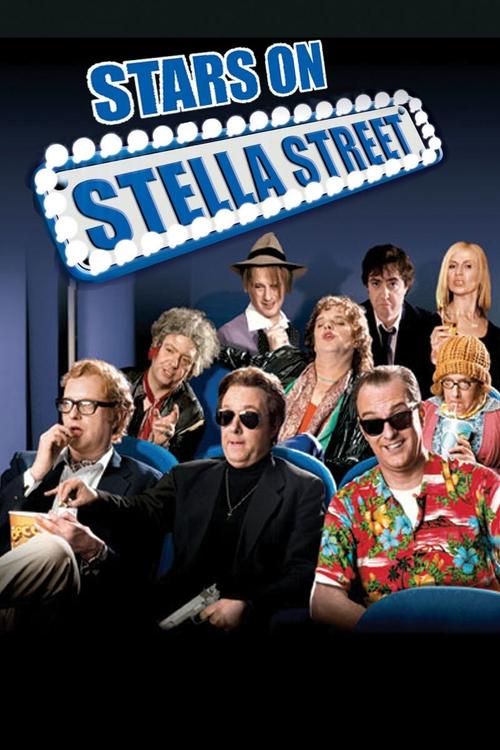
Stella Street
Stella Street is a British television comedy programme, originally screened in four series on BBC Two between 1997 and 2001. It takes the form of a mockumentary filmed on a camcorder, based on the fantastical premise that a group of British and American celebrities who have all decided to move into Stella Street in Surbiton. The show was conceived and written by John Sessions, Phil Cornwell and Peter Richardson. The main characters are played by Sessions, Cornwell and Ronni Ancona. The characters themselves are impressions of famous celebrities such as Marlon Brando, Michael Caine, Jack Nicholson and, idiosyncratically, UK football pundit Jimmy Hill.
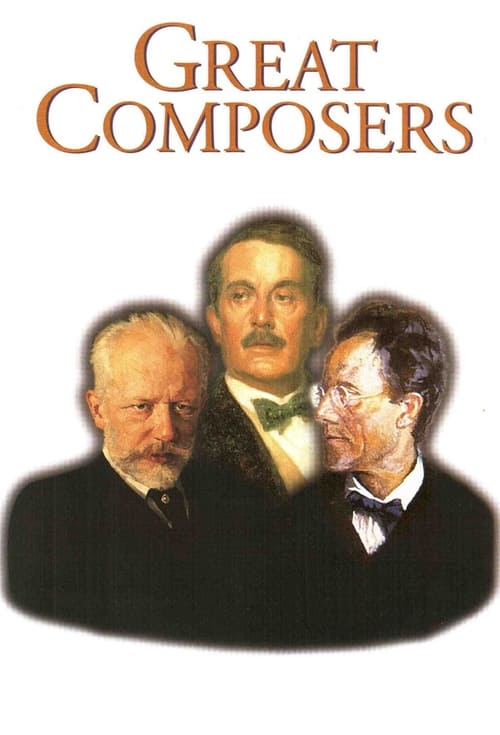 0
0Great Composers
An anthology series with each episode focused on the life of a renowned composer.

Land of the Tiger
Land of the Tiger is a BBC nature documentary series exploring the natural history of the Indian subcontinent, first transmitted in the UK on BBC Two in 1997. The production team covered the breadth and depth of India, from the Himalayan mountains in the north to the reef-fringed islands of the Indian Ocean, to capture footage of the country's wild places and charismatic wildlife. Land of the Tiger was co-produced by the BBC Natural History Unit and the WNET/13 network. It was produced by Mike Birkhead and presented by leading Indian naturalist Valmik Thapar. The series is characterised by scenes of Thapar riding on an elephant in locations across the country. The series forms part of the Natural History Unit's Continents strand. It was preceded by Spirits of the Jaguar in 1996 and followed three years later by Andes to Amazon.